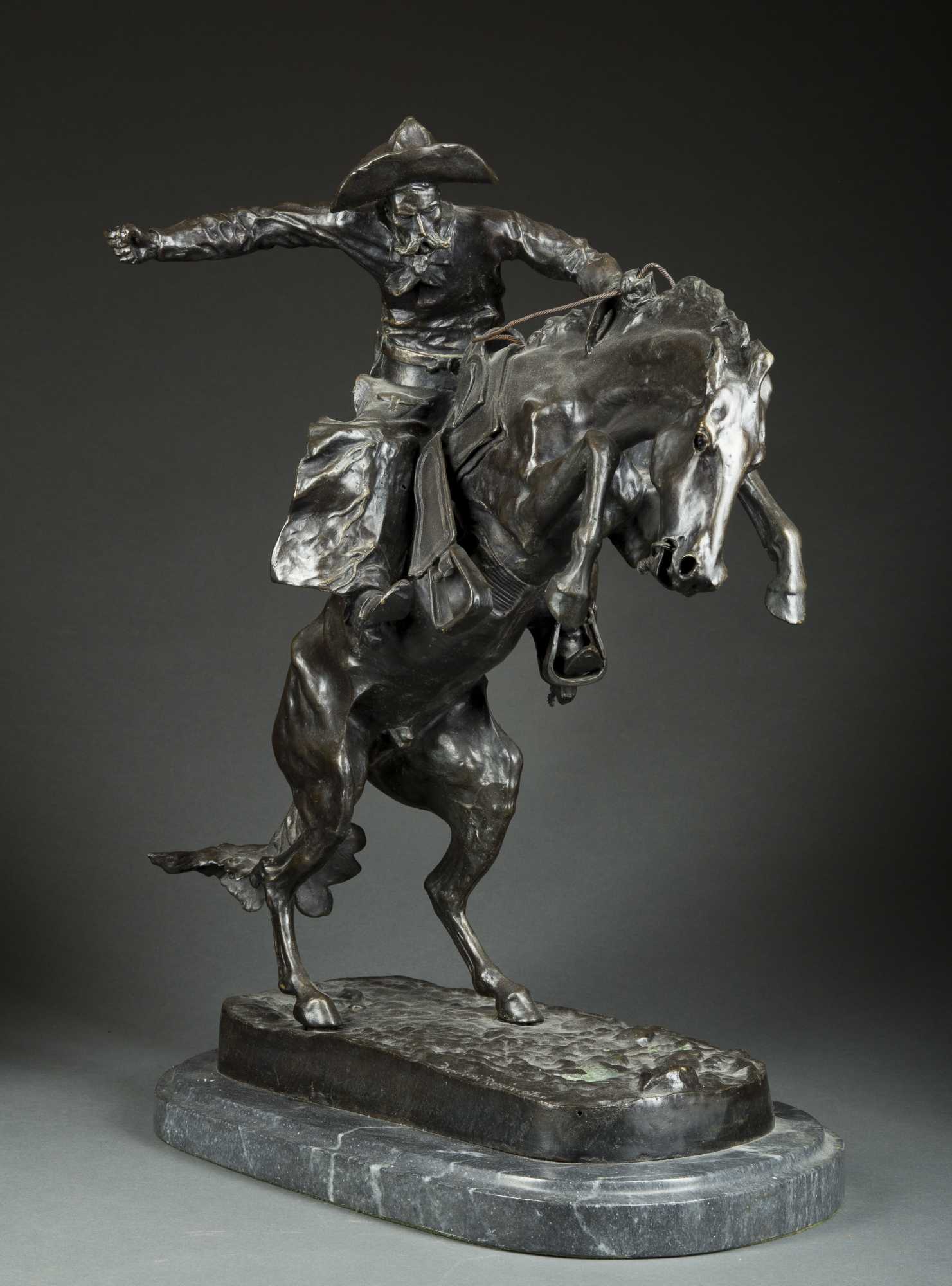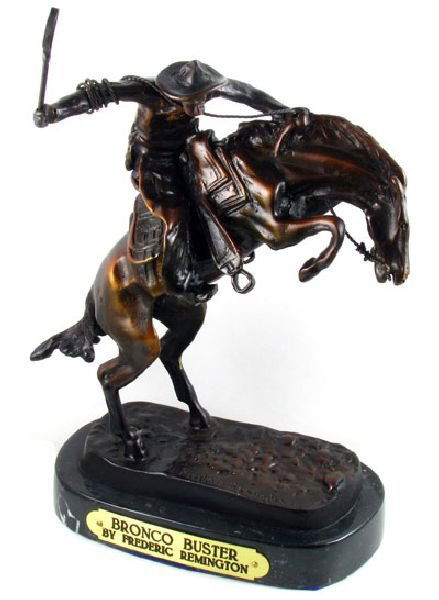
In New York City, he enrolled at the Art Students League, where he studied with the painter J. He returned east in 1885, broke but determined to become an artist. He became the owner of a small ranch in Kansas and part owner of a cowboy saloon in Kansas City. He roamed from Mexico to Canada, rode the wagon trains and cattle trails from Texas to Montana, prospected for gold in the Apache country of the Arizona Territory, and worked as a hired cowboy. After his father's death, he left school and in 1881, at the age of eighteen, he went west. A native of Canton, New York, Remington enrolled in 1878 at Yale University, where he took a drawing course taught by John Niemeyer (1839-1932). For ordering information call 31 or visit their web site Out of print but valuable for comparing of old and new is Cast and Recast, The Sculpture of Frederic Remington, Michael Shappiro, © 1981, The Smithsonian Institution Press.The illustrator, painter, and sculptor Frederic Remington was one of the so-called Independent American artists who captured the disappearing Wild West during the late nineteenth century. NOTES For more information on Remington's works, including markings and provenance of known works, and comparisons of new and old, ACRN recommends Icons of the West published by the Remington Museum. Less than 15 Coming through the Rye were originally made. Only one original each of The Buffalo Signal and The Buffalo Horse, for example, were made.

Many originals were made in such limited numbers that finding any additional examples would be highly suspect. Originals were never marked with the edition or production number in this manner. 9 & 10) Many reproductions are marked in limited edition fashion with a purported casting number followed by the total edition number such as "12/250" or "55 of 500". Any lost wax cast piece with a Henry-Bonnard foundry mark is automatically a forgery.Ĭasting Number Originals are permanently marked with a number indicating where in the production sequence they were produced (see Figs. Henry-Bonnard produced only sand castings for Remington Roman Bronze Works, only lost wax castings. Any other name is automatically a forgery. All of Remington's originals were produced by only two firms: Roman Bronze Works and Henry-Bonnard Bronze Co. The majority of reproductions do not have foundry marks. The Frederic Remington Museum of Ogdensburg, New York (see NOTES) offers these two important tips to help you eliminate other Remington look-alikes.įoundry marks–Authentic Remington bronzes are permanently marked with the foundry name (see Figs. Most Remington reproductions can be detected by following the guidelines offered in other articles about metal sculptures in general. Chances of you finding an original at the local flea market or having one walk into your shop are extremely remote. The least expensive original will probably sell for $75,000. Practically all original Remingtons sold today are offered through major auction galleries or well known art dealers. The whereabouts of virtually all original Remington bronzes is well documented such as in Icons of the West (see NOTES), a book about Remington's works by Michael Greenbaum. So how do you authenticate a Remington bronze? The best way to start is with a healthy dose of realism. But since the copyright protection expired in the 1960s, the number of reproductions in the market has exploded.

Some unauthorized copies of his work have been traced to at least 1920.

Everybody has a Frederic Remington for Saleīronzes by Frederic Remington are among the most widely reproduced of all metal sculptures.


 0 kommentar(er)
0 kommentar(er)
